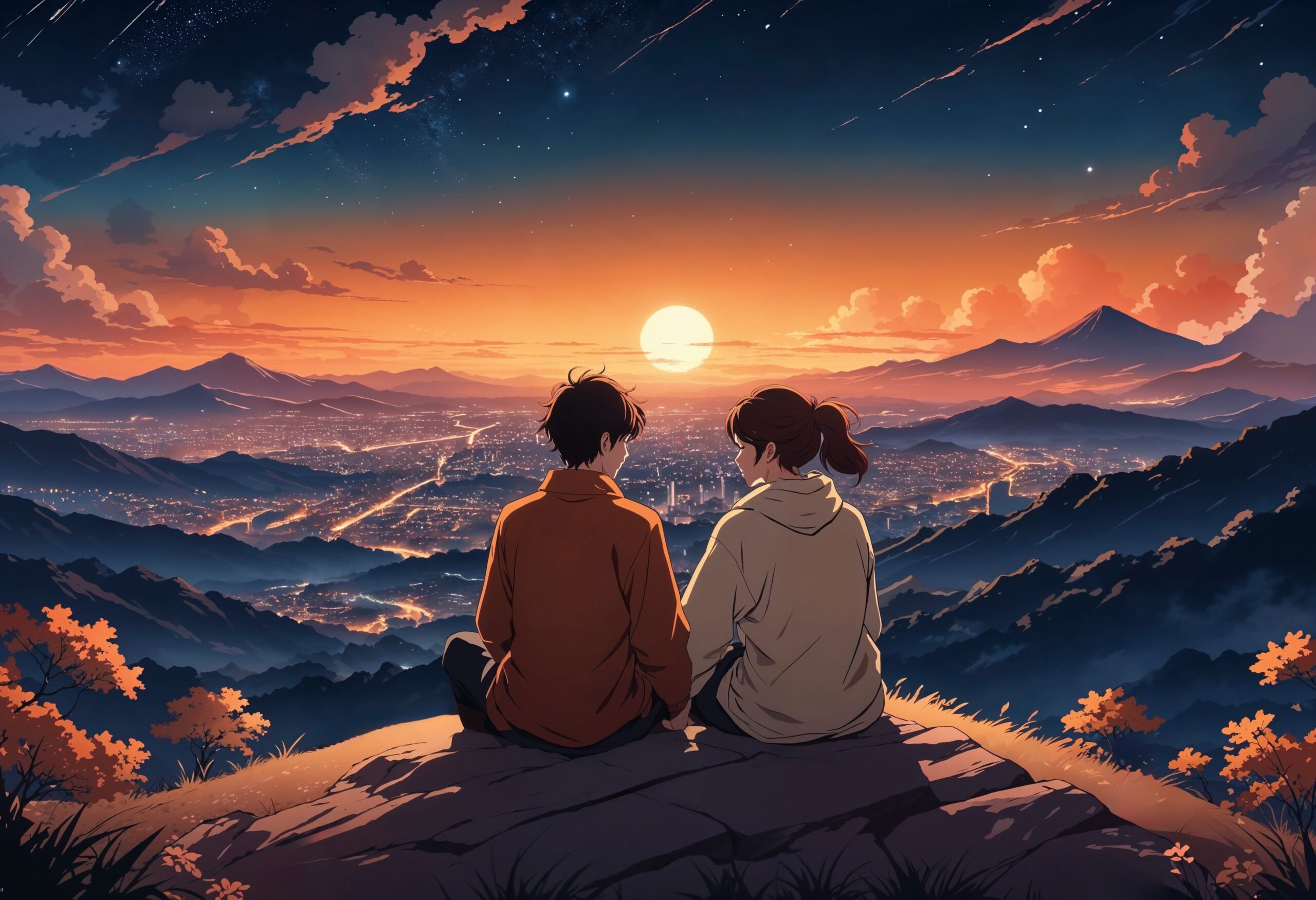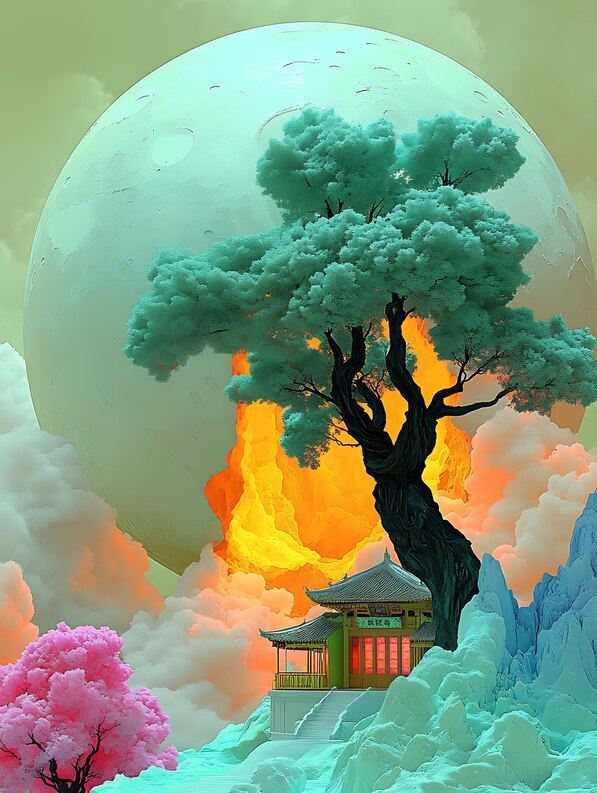What is Ghibli Art?
Ghibli Art: The Timeless Beauty of Studio Ghibli’s Artistic Masterpieces
Table of Contents
ToggleStudio Ghibli is more than just an animation studio; it’s a cultural phenomenon that has redefined the art of storytelling through breathtaking visuals and profound themes. Ghibli Art is recognized worldwide for its intricate hand-drawn animation, rich color palettes, and detailed backgrounds, bringing whimsical worlds to life. Whether you are an animation enthusiast or an art lover, exploring Ghibli’s artistic brilliance is a journey into a world where fantasy and reality seamlessly blend.
The Signature Aesthetic of Ghibli Art
Studio Ghibli’s art style is unique, combining traditional Japanese artistic sensibilities with Western influences. Here are some key elements that define Ghibli Art:
- Hand-Drawn Animation
Unlike many modern animation studios that rely on CGI, Studio Ghibli remains committed to hand-drawn animation. This meticulous craftsmanship gives each frame a rich, organic feel, ensuring that every detail is carefully curated.
- Vivid and Immersive Backgrounds
Ghibli movies are famous for their beautifully illustrated settings. Whether it’s the enchanting bathhouse in Spirited Away, the lush forests in My Neighbor Totoro, or the flying cityscapes in Castle in the Sky, each background is meticulously painted to create an immersive experience.
- Expressive Character Designs
Characters in Ghibli films are drawn with simple yet expressive features, making them relatable and emotionally compelling. The emphasis on body language, facial expressions, and subtle movements enhances their storytelling depth.
- Attention to Detail
From tiny soot sprites to intricately designed food, Ghibli Art is packed with details that make its worlds feel alive. The animation of mundane activities—such as cooking, cleaning, or walking—adds realism and charm to the stories.

The Signature Aesthetic of Ghibli Art
Studio Ghibli’s artistic journey has evolved over the decades, adapting new techniques while preserving its signature hand-drawn aesthetic. Here’s a glimpse into the evolution of Ghibli Art through some of its iconic films:
- Nausicaä of the Valley of the Wind (1984): Although technically not a Studio Ghibli production, this film laid the foundation for Ghibli’s detailed world-building and environmental themes.
- My Neighbor Totoro (1988): Introduced the world to Ghibli’s soft, whimsical art style with warm pastel colors and serene countryside landscapes.
- Princess Mononoke (1997): Marked a shift to darker, more detailed animations, incorporating elaborate action sequences and mythological elements.
- Spirited Away (2001): A masterpiece in animation, blending fantasy, realism, and unparalleled visual storytelling.
- The Wind Rises (2013): Showcased a more grounded artistic approach, with a focus on historical realism.
The Influence of Nature in Ghibli Art
Nature plays a significant role in Ghibli’s artistic vision. Lush green landscapes, rolling hills, and detailed flora create a deep connection between characters and the environment. Films like Totoro, Princess Mononoke, and The Wind Rises emphasize the harmony between humans and nature, reinforcing themes of environmentalism and sustainability.
Ghibli’s Unique Use of Color and Lighting
Color and lighting are crucial in Ghibli Art, helping to establish mood and atmosphere:
- Warm tones: Often used for nostalgic or heartwarming moments.
- Cool shades: Create mystery and fantasy, seen in films like Howl’s Moving Castle.
- Soft lighting: Enhances dreamlike sequences, adding depth and dimension.
- Dramatic contrasts: Used in intense scenes to highlight emotions and conflict.
The Lasting Impact of this Art
The artistic influence of Studio Ghibli extends beyond animation into fashion, interior design, and even video games. Many contemporary animators and filmmakers draw inspiration from Ghibli’s art, proving that its visual storytelling continues to shape the animation industry.
Conclusion
Ghibli Art is not just about animation; it’s a celebration of imagination, craftsmanship, and the beauty of the natural world. With its hand-drawn elegance, deep storytelling, and mesmerizing visuals, Studio Ghibli continues to captivate audiences across generations. Whether you’re revisiting a classic or discovering a Ghibli film for the first time, the studio’s artistry remains timeless and enchanting.
Follow us: for More interesting Topics and Start using free Ghibli Art tool



